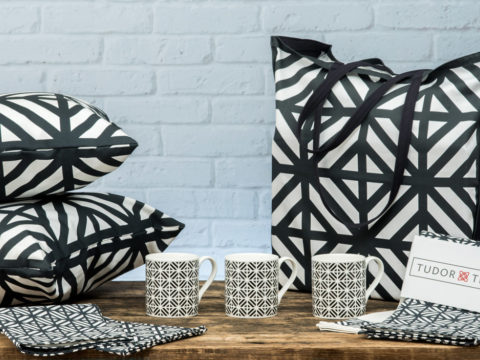Margaret Tudor: Life Story
Chapter 1: Childhood
On 22nd August 1485, against the odds, Henry Tudor, Earl of Richmond, won the throne of England from the Yorkist Richard III at the Battle of Bosworth. In January 1486, he married Elizabeth of York, daughter of Edward IV, and within nine months a prince was born, named Arthur. Three years later, the couple had a daughter, born at Westminster, and named Margaret, for her grandmother, Lady Margaret Beaufort, in whose veins Henry’s English royal blood originated. Margaret was christened with the silver font from Canterbury that had been used for her brother. Lady Margaret was also her godmother, and, according to the Tudor chronicler, John Leyland, gave her a gift of a silver-gilt box, filled with gold.
Few specifics are known about Margaret’s upbringing, other than that she spent much of her time in the nursery at the palace at Eltham with her younger siblings, Henry, Mary and, for a brief period, Edmund. We can infer that her education included French – the language that King Henry generally preferred to use – and music. We can also suppose from much of her later, copious, correspondence that she had a very high opinion of her status as a King’s daughter inculcated in her.
Henry VII’s grip on the throne was always subject to debate, and one man who knew how to exploit possible weakness was James IV, King of Scots. King James had given support to Perkin Warbeck, whose claim to be the younger of Edward IV’s missing sons had been accepted with glee by Henry’s enemies. However, a brief foray into England in which Warbeck had been appalled at the reality of fighting soon led James to think that backing him was a waste of time.
James had already shown his military abilities in several raids into England, and Henry, who had determined to crush him, was hampered by the Rebellion of Cornishmen in 1497, who objected to the raising of taxes to fund wars in Scotland. The two kings, now more nearly matching in negotiating power than had been the case with previous Scottish and English monarchs therefore concluded that peace was preferable to war, and, following an initial truce, agreed terms for what was to be known as the Treaty of Perpetual Peace.
The new agreement with England did not negate Scotland’s long-term relationship with France. Referred to as the Auld Alliance, the agreement was one of mutual defence against England, which probably dated informally from the 1170s and was then formalised by a treaty signed in 1295 between John Balliol and Philip IV of France. The Auld Alliance was renewed by every subsequent Scottish monarch, and all of the French Kings, except Louis XI.
Over the years, generations of young Scots nobles travelled to France to fight there, including during the Hundred Years War when thousands of soldiers were provided to the French Crown, under Scots leadership. Many Scots were granted lands in France, including the younger brother of James III, the Duke of Albany, whose son John Stewart, 2nd Duke of Albany, married Madeleine de La Tour, Countess of Auvergne. After the death of James IV’s brother, and before the King had legitimate sons, his male heir was Albany.
The linchpin of the Treaty was to be the marriage of Princess Margaret to James, a man some sixteen years her senior, who had already had a number of mistresses and illegitimate children.
Polydore Vergil, in his Anglica Historiae, recorded that Henry’s Council were concerned that the marriage would risk a later King of Scots becoming King of England. Apparently Henry replied equably,
“What then? Should anything of the kind happen (and God avert the omen), I foresee that our realm would suffer no harm, since England would not absorbed by Scotland, but rather Scotland by England, being the noblest head of the entire island, since there is always less glory and honor in being joined to that which is far the greater, just as Normandy once came under the rule and power of our ancestors the English.” And so the king’s wisdom was praised and they unanimously approved the measure. Margaret was betrothed to King James.”
Another important component of the Treaty of Perpetual Peace was the agreement that low level Border matters would be dealt with on Truce days by the Wardens of either side, and that individual incidents would not invalidate the Treaty. Naval matters also were outside its scope and James continued to develop both his army and navy. In addition, the Treaty of Perpetual Peace did not prevent James from continuing his relationship with France although he did not, at this juncture, formally renew the Auld Alliance. A dispensation was required for the marriage because James IV’s great-grandmother, Joan Beaufort, was the aunt of Margaret’s grandmother, Margaret Beaufort, making the couple third cousins. It was granted by the Pope on 28th July 1500.
Margaret, Queen of Scots
Family Tree




